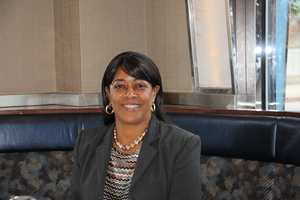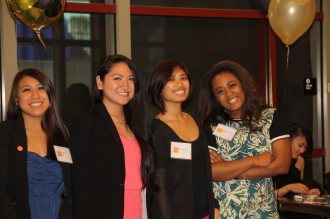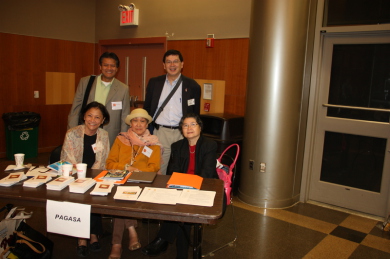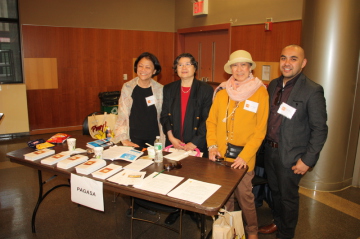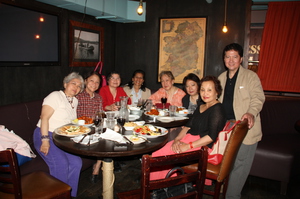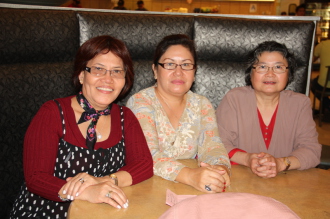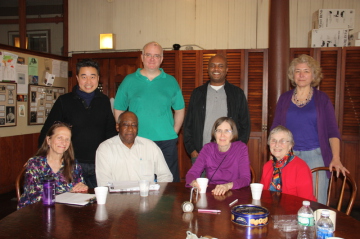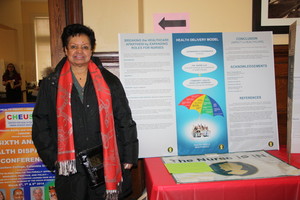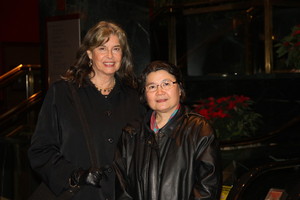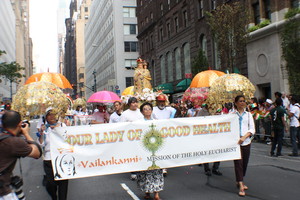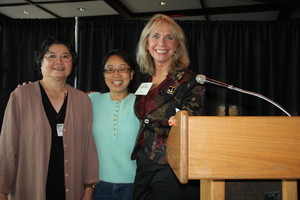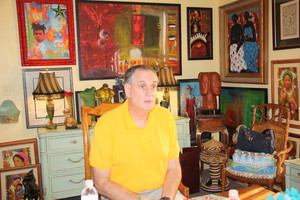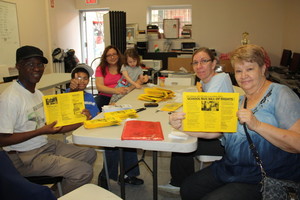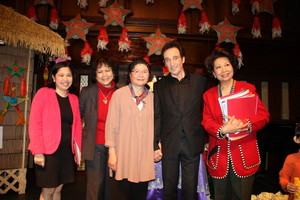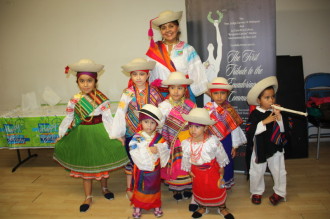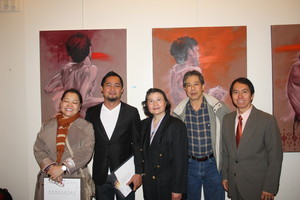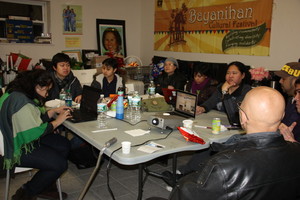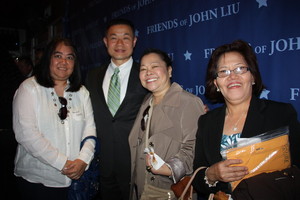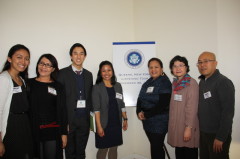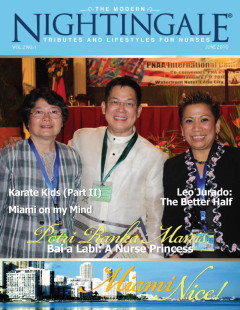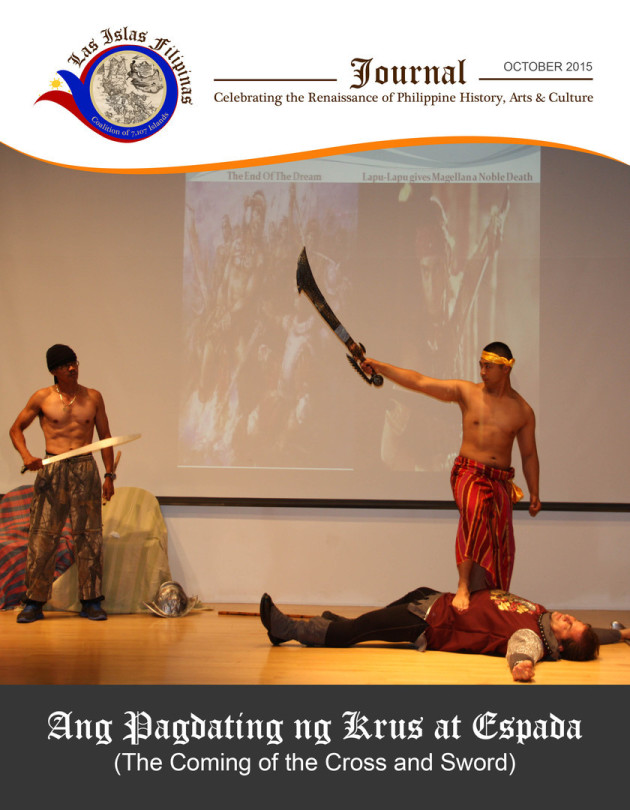The Christianization of Las Islas Filipinas
Cultural Theme:
- We are re-capturing the Voices of our Illustrious Historical Figures,
- We are re-connecting ourselves to the Truth in the Events of our Pre-colonial Past,
- We are re-kindling the pride in Who We Are and What We have Achieved, and
- We are re-igniting the Love of Country, our Culture, and our Heritage.
“The vision of the future is rooted in the image of our past, in our views of the present, and in our pride of ourselves.” (Dr. Felipe Landa Jocano)
“Dinner with Rajah Humabon and His Forty Wives”
A Christmas Tableaux Celebrating Filipinos’ Pre-Colonial History and The Birth of Christianity in Las Islas Filipinas
Sponsors:
- Divine Child Foundation, Inc.
- Philippine Community Center Services for Aging
Date: December 22, 2019 Sunday at 4:00pm – 8:00`pm
Venue: Ilocano Center, 185-14 Hillside Avenue, Jamaica, NY 11423
Historical Events Background (from “Las Islas Filipinas: Man of Destiny, Book 1, Vols. 1 & 2: The Story of Visayan Enrique, First Circumnavigation of the Globe and the Voyage of Admiral Ferdinand Magellan. A Historical Novel,” by Cristo Rey Alunan.)
March 16, 1521 – “After more than 3 months traversing the expansive and hazardous Pacific Ocean, Ferdinand Magellan and the Armada de Maluco crossed it with only 3 of his ships. The Santiago was lost in Brazil and the 39 crewmen were re-assigned to other ships. The San Antonio deserted and went back to Spain with 55 men. After a disastrous encounter in Islas de Ladrones where they killed 7 inhabitants on March 6, 1521, they went through the island of Rota and on to the Archipelago of San Lazarus on March 16, 1521. The Spanish conquistadores meet with the natives. They planted the Christian cross on land.”
March 31, 1521 – “… Easter Sunday, the first mass was celebrated in an island named Mazaua by eyewitnesses. The First Mass was celebrated in the Philippines.”
IN THE COURT OF RAJAH HUMABON
“Today, Rajah Humabon (Aka Tito de Vera) will select a new wife. He has 40 wives, but to ensure perpetuity of his lineage, he wants to have a son who can ably succeed him. The Royal Entourage enters and his Court: Rajah Colambu, Rajah Siau, Hara Humani (Dr. Francia de Vera), Hara Amihan, and escort. Rajah Humabon sits on a chair, with his Harem. Others sit on the mat.”
“The Spanish Entourage enters: Admiral Ferdinand Magellan with his entourage. He sits on a velvet chair, his officers, 3 captains, Antonio Pigafetaa, Visayan Enrique and Chaplain Padre Pedro de Valderrama, and his sacristan are standing behind him.”
“Kappa Malong Malong” Kulintang music, drums, and gongs are played with dancers. Followed by singing of “Dahil Sa Iyo” by Hara Humani, as signaled by Rajah Humabon.”
“The Court of Rajah Humabon in Cebu Waits Patiently for the Visit of Lakan Lapu-Lapu and his family. There is a sudden commotion when a Native with a Conch shell horn trumpets the arrival of Hara Lai-Lani presenting her 3 lovely daughters, Princess Agana and her younger sisters, Jasmin and Maya, to Rajah Humabon. Hara Lailani & her daughters go up the stage.
“Enter the able leader of Mactan, Lakan Lapu-Lapu (Wally Pacumio), brother of the 3 sisters, who begrudgingly resented the tradition of offering one of his sisters to be another wife of the Rajah. Escorted by his guards, Lakan Lapu-Lapu goes in with his warrior-escort and stands behind Rajah Humabon. Then Rajah Humabon signals Hara Lailani and her daughters to dance and Princess Agana sings.
“After their graceful performance, Rajah Humabon chooses Princess Agana to be a member of the Harem. He asks her to sit next to him. Hara Humani signals Princess Agana to take her place beside her. This act seals the Alliance between Rajah Humabon of Cebu and Lakan Lapu-Lapu of Mactan.
“In ceremonial performance, Lakan Lapu-Lapu demonstrates his formidable skills in Kali Silat (or Arnis de Mano dance & movement). In response, Magellan asks Visayan Enrique to do likewise, exhibiting their skills in swordsmanship.
April 10, 1521 – “… a week after their arrival, Ferdinand Magellan asked permission from Rajah Humabon to allow him to bury 2 of his men, making Cebu a Christian cemetery. The solemnity of the Christian funeral made a deep impression on the inhabitants. On April 12, 1521 Rajah Humabon consented for Ferdinand Magellan to establish a Factoria, a permanent trading base in Cebu.
April 14, 1521 – “… the historic Christianization, conversion and baptism, take place. Padre Pedro de Valderrama, Padre Angelo de Bustamante with their sacristan baptize the Royal Entourage of Rajah Humabon’s Court. Rajah Humabon is named “Carlos,” after the reining King of Spain; Hara Amihan is named “Juana,” after the mother of King Carlos; Hara Humani is named “Isabella,” (aunt of King Carlos); Rajah Siau is named “Felipe,” (father of King Carlos) and his wife is named “Maria,” (aunt & mother-in-law of King Carlos). Some 800 new converts were given their Christian names.
“At the baptismal ceremony, Ferdinand Magellan gives the icon of the SANTO NINO to the local queen, Hara Humani, as gift for being converted as Christian. Padre Pedro de Valderrama and Padre Angelo de Bustamante bless the crowd, assisted by the sacristan.
“While baptism is taking place, music “Ave Maria” is sung. Hara Humani (Dr. Francis de Vera) signals for the Santo Nino song “Batobalani,” to be sang with Sinulog Dance.”
Thus was born the CHRIST CHILD, the SANTO NINO, in Las Islas Filipinas, on April 14, 1521.
This is the FIRST CHRISTMAS STORY ever in the history of Las Islas Filipinas.
__________________________________________________________________________________
(Instructions: All characters in native, pre-colonial costumes and in Spanish conquistador costume will come to Center Stage while NARRATOR announces each Historical Character he/she represents. All costumed characters will remain in center and form a TABLEAUX near the big Table of Food.)
EDITORIAL
Lamentations of a Fil-Am Writer
How I've been thinking about my writing and art, how I'm pressured to center my Filipino-ness (which is non-whiteness) and I can't just write about the big themes. At a workshop, I told my small group that they get to write about love lost, grief and abuse without having to write as a white man who list lost love or how a white woman deals with grief. I may choose to write about Filipino/Am identity in some way but it is received as a Filipino American work rather than a work about something. I don't even have to write Filipino characters to write my perspective as a Pinay into my writing (colonial history, historical violence, erasure of my narrative into larger Asian American and Western narratives). It's just there.
That's what people need to know about what it's like to write as a person of color.
Pamela K. Santos
The Author's Mark
One writes from a universal perspective that relates to all, regardless of race, gender, color. The integration of your viewpoint in what you write reflects the subjective element of how it relates to you. The Filipino-ness reveals your inner response and drive shouting in you, reaching out for identity.
/MDS
Fighting from a Distance
As the 31st anniversary of the People Power revolution is remembered this February 26, 2017. our Filipino children or grandchildren may ask us, "Lolo,Itay (grandpa or Dad), I read that a Filipino named Ninoy Aquino was an exile here in the U.S. for three years 1981-83. When he returned home, he was gunned down at the Manila airport." Who was he and what did he do here. Indeed, the question can be posed to us -- "what did you-- we --, U.S.-based Filipinos do here during the martial law years of 1972 to 1986 ?"
The world was in awe at how our EDSA revolution won us back our freedoms. But little is known about the bands of Filipinos in New York City and San Francisco and points in between who mobilized our own EDSAs here. It was not a three-day people power revolution but a 14-year struggle. These have been recorded in scattered magazine articles and newspaper reports. Now the full story is told in the first book-length history. What they accomplished is testimony that --we, you -- did our part.
This book was released by the University of Illinois Press and can be ordered from Amazon.com. For details:
"Jose Fuentecilla"
fuentecila@aol.com



